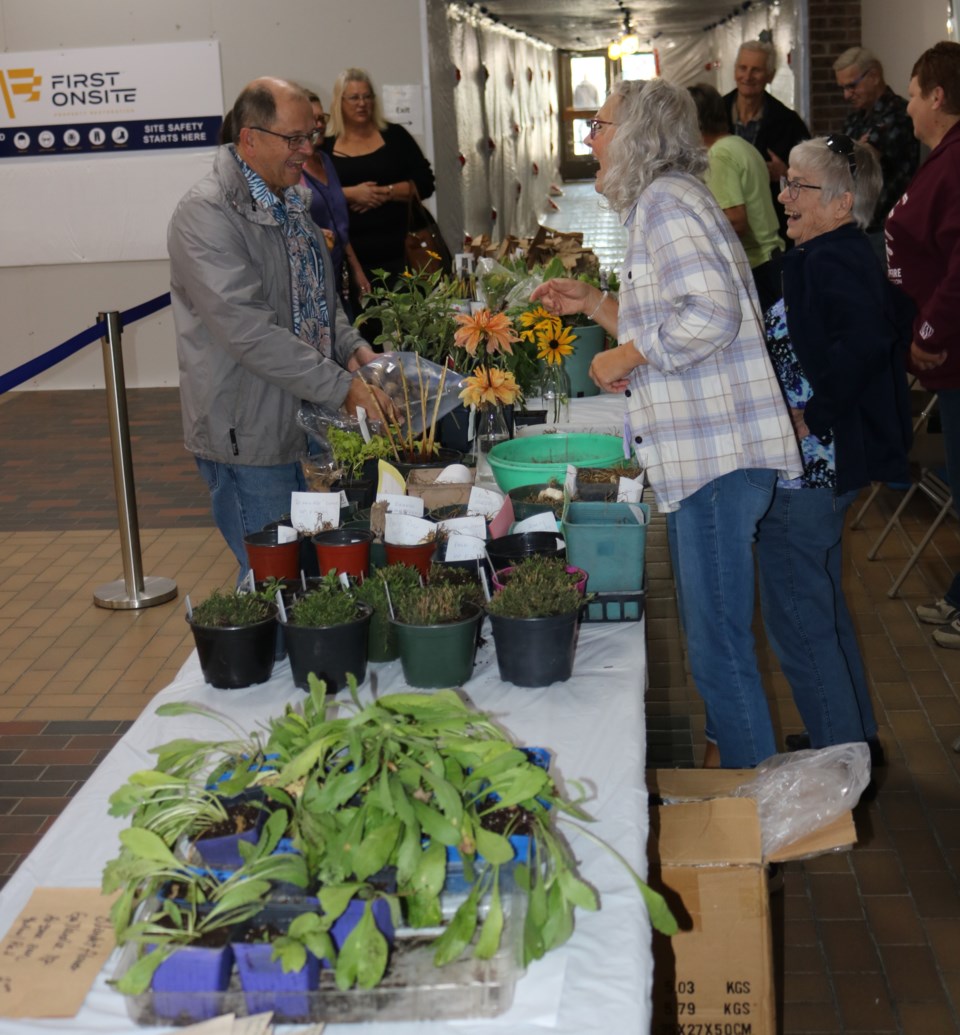YORKTON - Thank you to everyone who visited the Yorkton and District Horticultural Society Spring Plant Sale at the Parkland Mall last week! It was great to see our gardening friends again, and we hope you enjoy your new garden additions!
A bouquet of thanks to the Mall for their assistance in our sale, we appreciate your help. Thank you also to all the Hort Society members who brought plants, helped set up, worked at the sale, or helped to clear up at the end of the sale: you help is a great gift, thank you for taking part! You help to make the sale the success that it is.
There will be no Hort society meetings over the summer, the next meeting will be in September. Visit us at www.yorktonhort.ca to find out what’s “coming up”!
Some people were asking about the Saskatchewan Horticultural Association’s Bus Tour, which takes place July 26-28. There might still be a few seats available, so visit the SHA website at skhorticultural.com for full details. The tour sounds great, the site says “This fun and exciting bus tour will take you on a journey through some of the most beautiful gardens and landscapes in Northeastern Saskatchewan. You will have the opportunity to explore private gardens, Star City Hutterite Colony, a Haskap berry farm and a Honey bee farm, all while learning from expert horticulturists and gardeners. We will explore the garden communities of Star City, Tisdale, Ridgedale, Carrot River, Nipawin and White Fox.” It would be a wonderful gardening adventure!
Now, let’s talk pollinator gardens. While planting our gardens, we should try to plant some pollinator-friendly plants. It is astonishing to think that 35% of our food crops depend on pollinators for their reproduction.
And did you know that three-quarters of our world’s flowering plants depend on pollinators to reproduce? And yet pollinators are struggling because of loss of habitat, disease, and pollution. So if we can each create just a bit of a help to pollinators like bees, it all helps to make a difference.
Planting a pollinator garden is a “plus” in so many ways. With a pollinator garden, we are creating an ecosystem that has interesting and beautiful diversity. Think about it: if we decide to plant bee-friendly flowers in our gardens, even just a row of two, already we have added color, beauty and fragrance to our gardens. This attracts pollinators, which help all our garden plants perform better, and so the circle goes.
Attracting pollinators is also a natural way to control various pest insects that might invade our garden space. We should do some homework so that we always have planets that are blooming in our yards from spring to fall, so pollinators always have a food source. I read in my homework that allowing some vegetables to go to seed also provided a different source of food for our pollinator friends.
Think about it for a minute; we have probably all seen gardens that are planted very much for the use of the gardener, but provide little for nature in general. You ‘ve seen that type of garden: straight rows of veggies, from edge to edge of the garden, but no plants that will encourage pollinators to visit, no ‘wild’ areas that could provide shelter and rest to the pollinators, all of which would make the veggies produce better. Do you see that missing link? All nature works in harmony, and makes our gardens a better place if we, as gardeners, can give and take.
Thank you to our friends at YTW for their fine work; gardeners, have a nice week!






